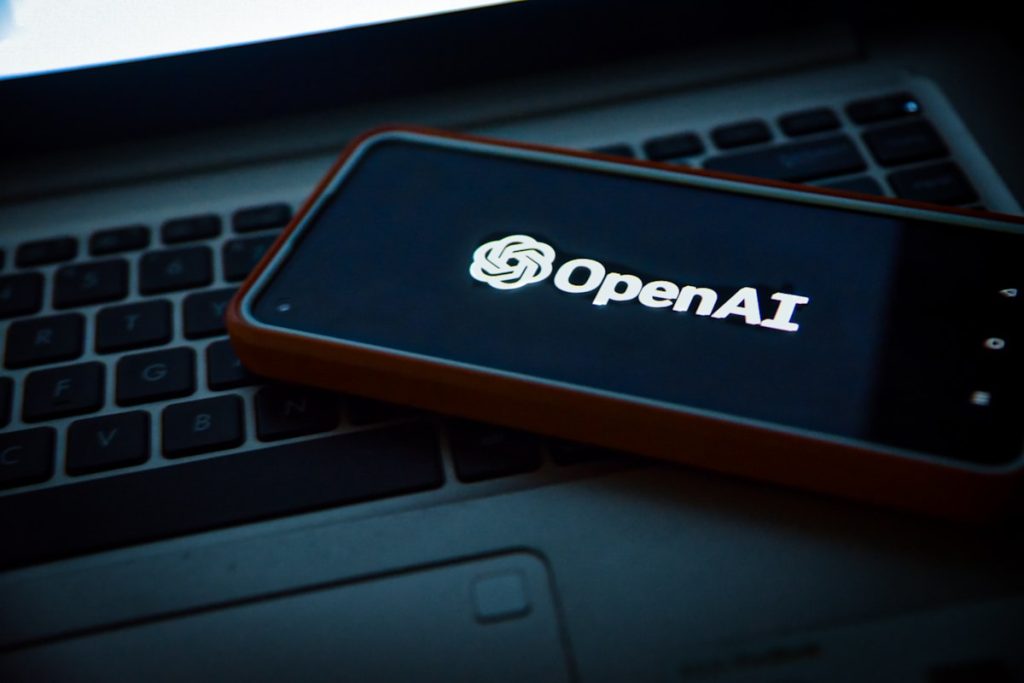OpenAI Unveils GPT‑5: The Next Leap Powering ChatGPT
OpenAI announced the launch of GPT‑5, its most advanced language model to date, marking a significant milestone in the evolution of conversational AI. Built on a multimodal architecture that seamlessly integrates text, images, audio, and video, GPT‑5 delivers unprecedented depth in understanding and generation. Early benchmarks show a 30% improvement in reasoning tasks, a 45% reduction in hallucination rates, and a 20% boost in response relevance compared to GPT‑4. For enterprises, the upgrade translates into more reliable customer support bots, sharper market analysis tools, and richer content creation pipelines—all powered by ChatGPT’s refreshed engine.
Key Technical Enhancements
- Scale and Efficiency: GPT‑5 leverages a 1.2‑trillion‑parameter backbone while employing sparsity techniques that cut inference latency by half, making real‑time interactions smoother.
- Multimodal Fusion: The model can process and generate across text, images, and audio in a single request, enabling “visual‑chat” experiences where users upload a screenshot and receive contextual explanations.
- Grounded Knowledge: Integration with a live knowledge graph reduces outdated information, ensuring that ChatGPT references the latest market data, regulatory changes, and financial reports.
- Safety Layers: A reinforced policy network and fine‑grained user‑controlled “tone” sliders help businesses align outputs with brand voice and compliance standards.
- Developer Toolkit: New API endpoints expose chain‑of‑thought prompting, token‑level control, and dynamic model switching, giving developers granular command over cost and performance.
Financial Tech Implications
For the fintech sector, GPT‑5’s capabilities unlock several high‑value use cases. Automated earnings‑call summarization now includes sentiment‑aware visual charts, while robo‑advisors can explain complex investment strategies through interactive video snippets generated on‑the‑fly. Risk‑management platforms benefit from the model’s improved factual grounding, allowing more accurate detection of regulatory breaches in real time. Moreover, the reduced hallucination rate mitigates the risk of erroneous financial advice—a critical factor for institutions bound by fiduciary duties.
From a cost perspective, OpenAI’s tiered pricing reflects the model’s efficiency gains. The “Pro” tier offers 2 × faster response times at $0.018 per 1K tokens, while the “Enterprise” tier provides dedicated instances with SLA‑backed uptime for mission‑critical trading desks. Early adopters report a 15% reduction in total cost of ownership compared to GPT‑4 deployments, thanks to lower compute requirements and more effective token utilization.
Market Reaction and Outlook
Investors responded positively to the announcement, with OpenAI’s valuation climbing to $30 billion in the latest funding round led by Sequoia Capital. Competitors such as Anthropic and Google DeepMind have accelerated their own roadmap releases, intensifying the race for multimodal dominance. Analysts predict that GPT‑5 will become the de‑facto standard for enterprise‑grade chat interfaces within the next 12‑18 months, driving a surge in AI‑enhanced SaaS solutions across banking, insurance, and wealth management.
In summary, GPT‑5 not only revamps the ChatGPT experience with richer, faster, and safer interactions but also reshapes the financial technology landscape by delivering actionable intelligence at scale. Companies that integrate the new model early stand to gain a competitive edge through superior customer engagement, streamlined compliance workflows, and innovative product offerings—all anchored by the next generation of conversational AI.



